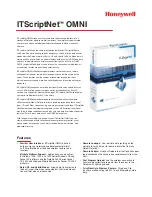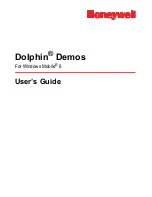
7-1
Section
Common Operation
267
For table entry numbers, a number is preceded by a code that represents the
table type.
The codes representing table types are summarized below.
Code
Table type
N
Numeral memory table
S
Character string memory table (String table)
B
Bit memory table
I
Extended I/O input table
O
Extended I/O output table
M
Mathematical table
*1
*1
Reference operation is slightly different for mathematical table. When a math-
ematical table entry is created with numeral table entry as either operand or re-
sult, a reference is created to the corresponding entry in numeral table. When
operand/result is PLC address, a reference is created to the corresponding ad-
dress entry in I/O comment table.
Comments
Displays screen comments corresponding to a screen number.
No. of References
Displays the number of appearances of the screen or the table entry.
Operation
(1) Click on the table entry number of the reference memory table entry.
(2) Click on
. List of referenced screen/table entry number is dis-
played.
(3) In the reference dialog box, specify the objective screen/table entry number
and click on
.
As an alternative to the operation above, you may double click on the objec-
tive element.
The specified screen automatically opens to display the specified element.
7-1-2 Search Operation
You can locate specific data set in a table by using the search operation, and also
replace the found data with the desired data.
Search and replacement is possible for the following types of memory table.
Note that search and replacement is always executed toward the end of a table.
This means that search and replacement is possible within the range from the
present cursor position in the table to the last entry number in the table.
Table Type
Objective of Search/Replacement
Numeral memory table
PC (PLC) address, initial value
Character string memory table
(String table)
PC (PLC) address, contents of initial val-
ue
Bit memory table
PC (PLC) address, image/library code
















































